

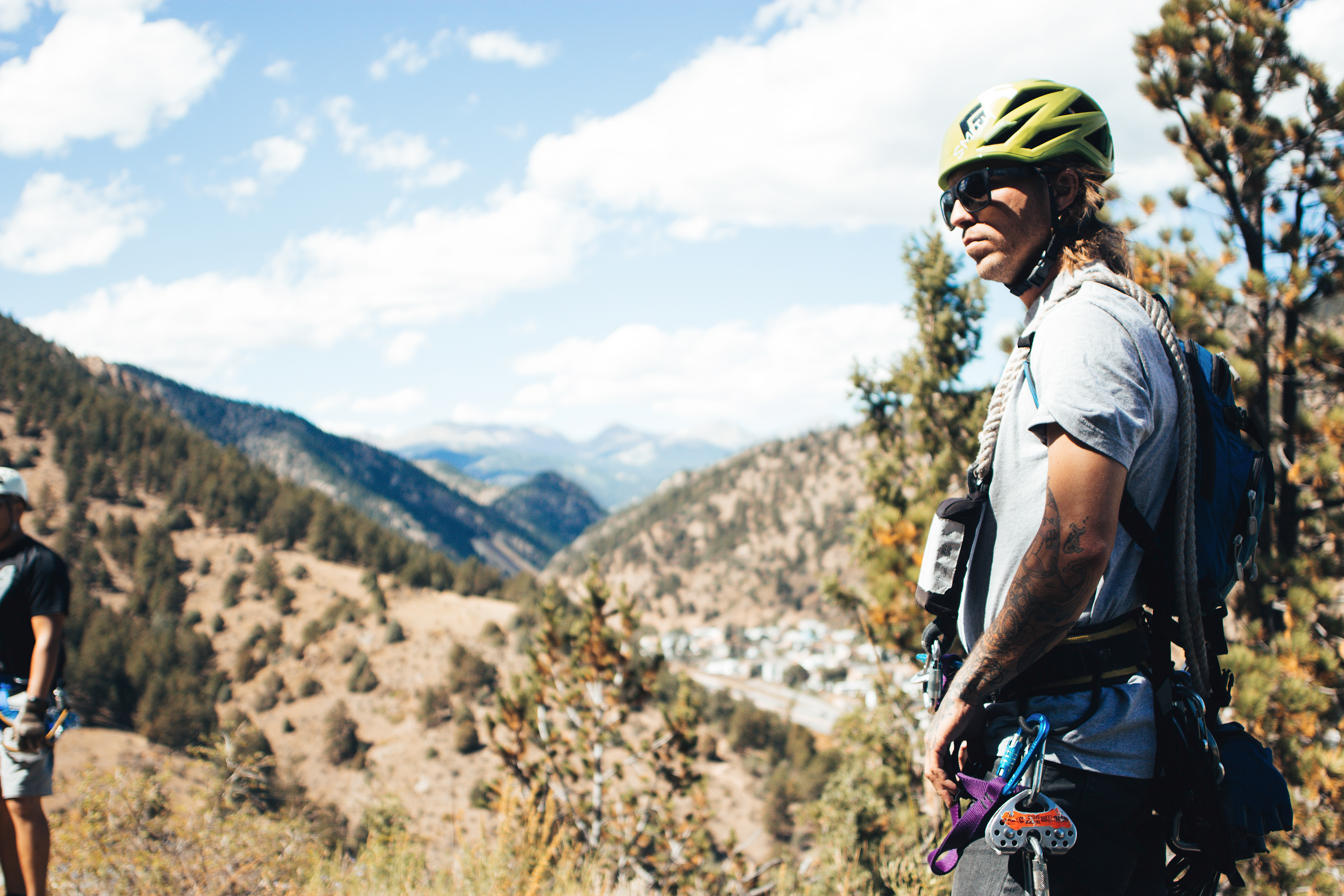
A Via Ferrata, also known as an “iron path” in Italian, is a climbing route that combines elements of rock climbing, scrambling, and hiking, with iron rungs, bars, and other fixed equipment built into the cliff face. Via Ferratas were originally created as a means to access rugged terrain, yet today they are most commonly utilized for thrilling adventure and alpine sport experiences!
The Via Ferrata’s design allows people with limited mountaineering experience to traverse mountainous areas that would otherwise be challenging or inaccessible. For this reason, they are commonly found in alpine regions, especially in Europe and North America. Via Ferratas can vary in length, with shorter routes only taking around an hour, and longer routes demanding more time and physical agility.
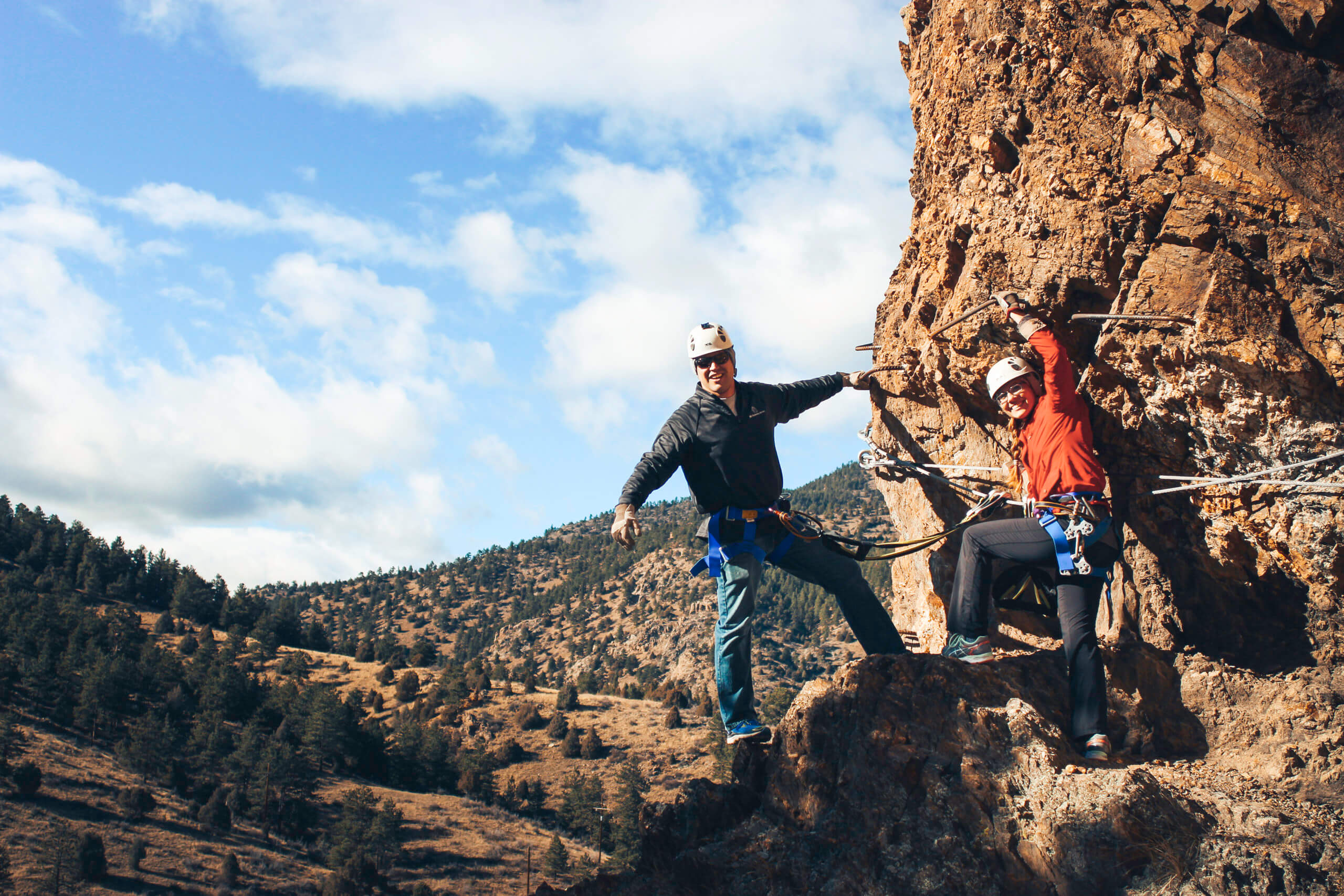
LOCATION: Buena Vista, CO
ACTIVITIES: Via Ferrata
DURATION: 1/2 Day
DIFFICULTY: Level 5 (Intense)
MINIMUM AGE: 12 years old
PRICE: from $99

LOCATION: Idaho Springs, CO
ACTIVITIES: Via Ferrata
DURATION: 1/2 Day
DIFFICULTY: Level 5 (Intense)
MINIMUM AGE: 12 years old
PRICE: from $119
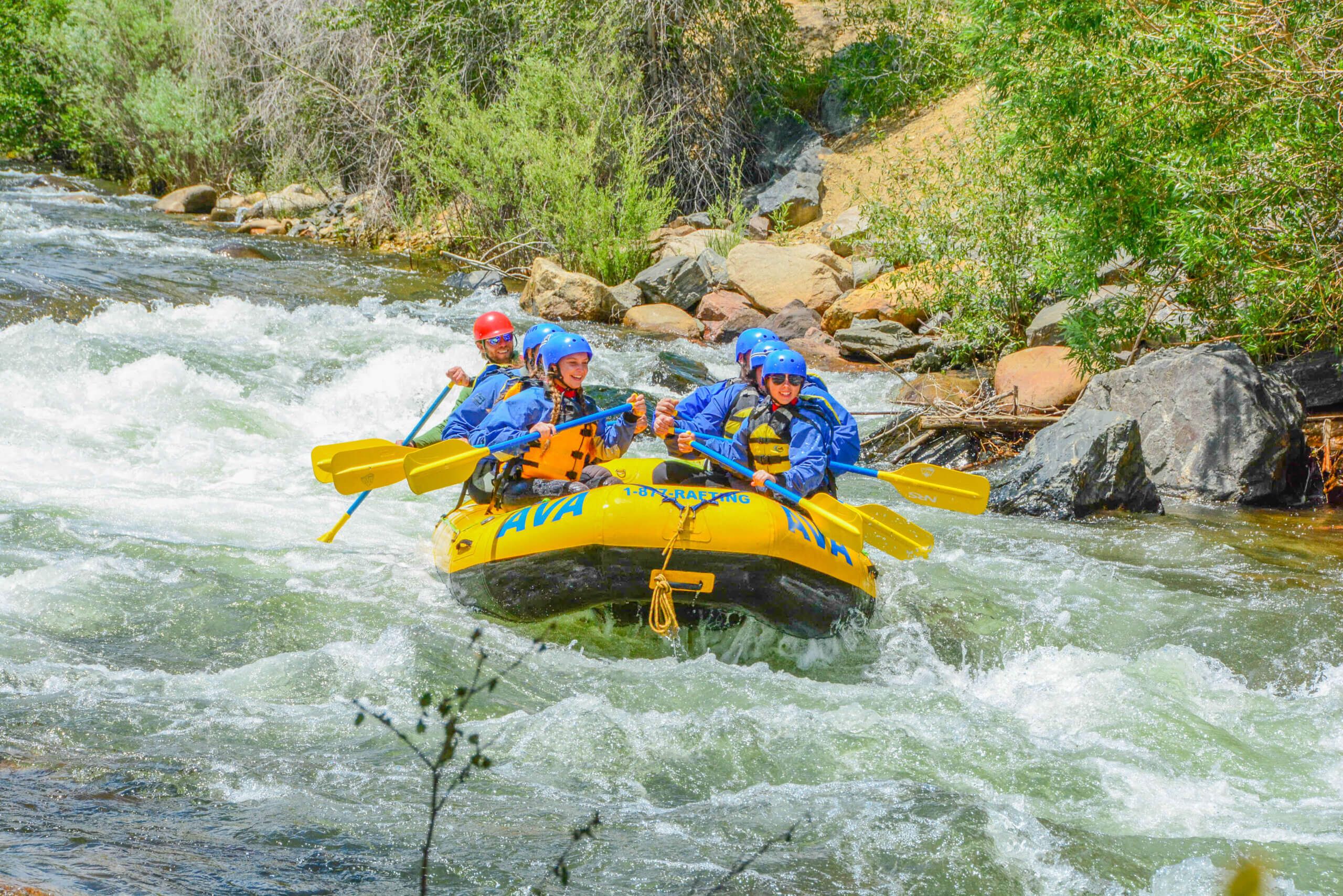
LOCATION: Buena Vista, CO
ACTIVITIES: Via Ferrata And Brown’s Canyon Rafting
DURATION: Full Day
DIFFICULTY: Level 5 (Intense)
RIVER RATING: Class III
MINIMUM AGE: 12 years old
PRICE: from $228
Via Ferratas feature a series of fixed metal cables that run along the route. These cables are secured to the rock face at regular intervals using anchors such as bolts or pitons. The cables serve as a safety system, allowing climbers to attach themselves to the cables and clip in and out via a specialized Via Ferrata set. A Via Ferrata course typically includes a combination of vertical sections, ledges, traverses, and occasional overhangs. In addition to the cables, the route may feature other aids such as iron rungs, steps, ladders, and bridges. These features are used to assist climbers in ascending or traversing the mountain more easily and safely. A steel cable runs along the route and is bolted to the mountain side around every five to ten feet, allowing the guests to clip their carabiners in for safety. AVA’s Via Ferrata courses include all of these features and are a perfect adventure for those looking to experience the Rocky Mountains from a new and thrilling angle!
The basic techniques of Via Ferrata climbing include how to secure yourself to the cable using your Via Ferrata set, move along the route while keeping three points of contact (two hands and one foot or vice versa), and efficiently use the iron steps and ladders. Before starting a Via Ferrata course, your guide will explain how to use the equipment, demonstrate proper techniques, and impart important safety instructions specific to the course.
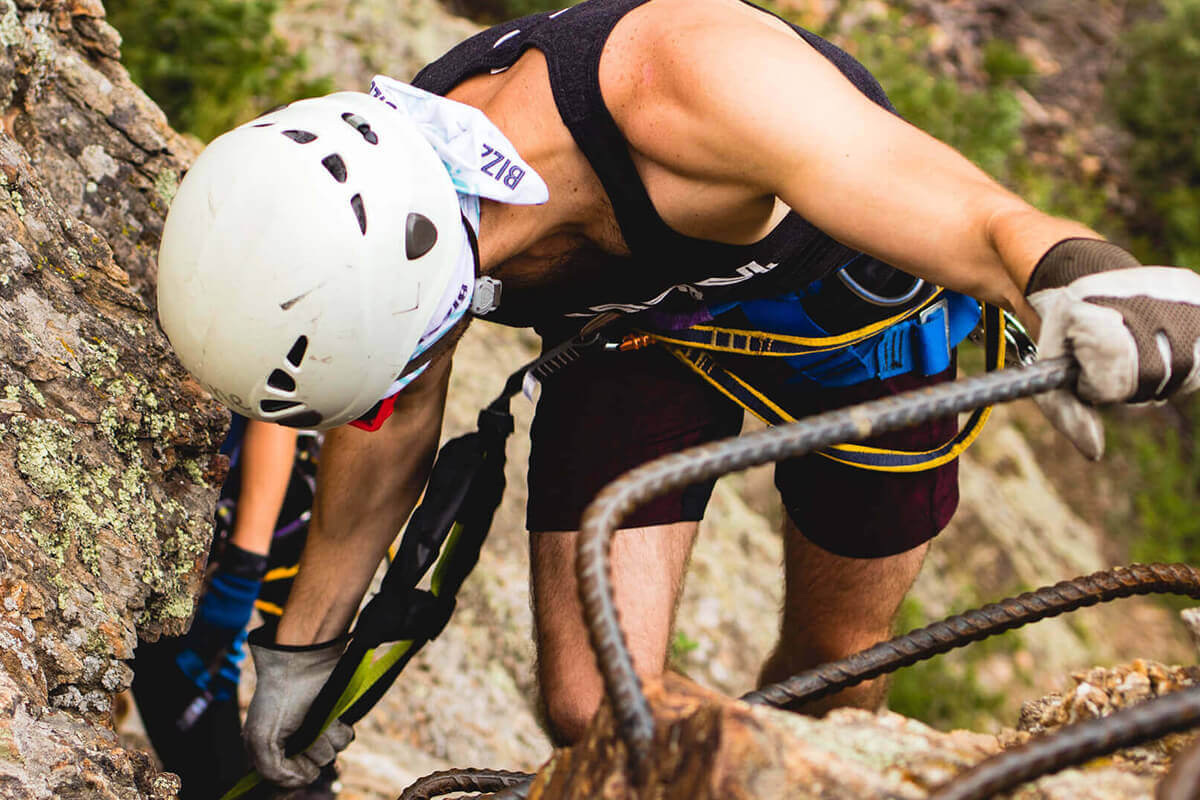
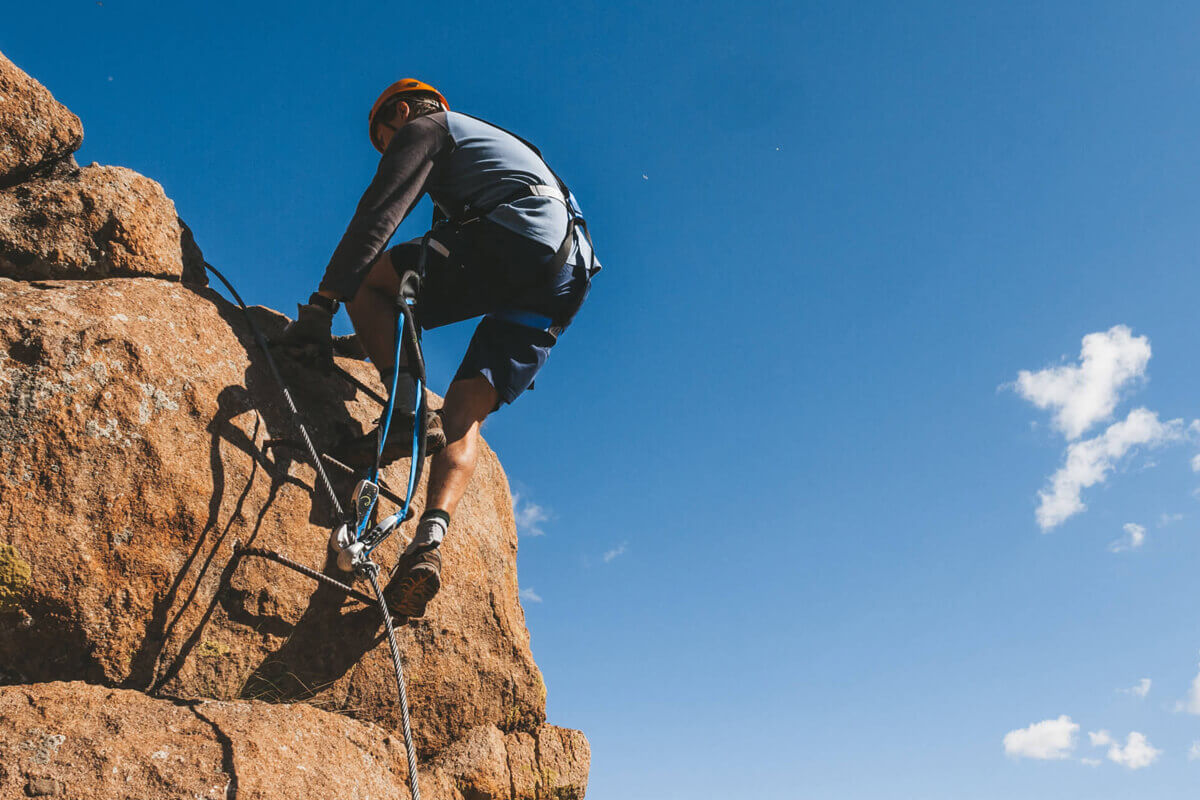
Via ferratas have existed in the Alps for centuries, helping to connect villagers to higher grasslands with ladders and equipment. These historic pathways are distinguished as the forerunner of present-day Via Ferratas, dating back to the growth of Alpine adventure and tourism in the nineteenth century.
In 1843, a path on the Dachstein was built under the direction of Friedrich Simony. It included a range of climbing aids with iron pins, hand hooks, carved footholds and ropes, and in the 1860s, Via Ferratas in the Austrian Alps began to include ropes between summits. In 1870s and 80s, climbing aids were installed on Germany’s tallest mountain, the Zugspitze, as well as in the Pyrenees, and shortly thereafter, courses were developed in Austria’s Limestone Alps, which became the first Via Ferratas still in use today.
Via Ferratas gained increased prominence during the First World War, as they helped troops cross Italy’s Dolomite Mountains. From 1914 to 1917, the Austrians and the Italians fought in the rugged Dolomites, as they attempted to gain power over the peaks for site observation posts and advantage points; however, the intense mountain terrain proved difficult for both groups.
In order to help soldiers move along at high altitude and ascend steep cliffs, lines and ladders were attached to the rock faces. Built originally from wood and ropes, these pathways were constructed so troops could move up and along the steep faces. Today, iron equipment has replaced these flimsier former structures.
Recent courses and structures have since been developed by climbing groups and local alpine clubs. In the 1990’s and 2000’s, construction became more commercialized and focused on sport, as Via Ferratas became seen as a means to support tourism and increase the span of activities made available to tourists. Via Ferratas have developed from their original purposes and locations, migrating into areas across the world. Today, there are over 300 Via Ferratas across the globe, located in the Dolomites, Austrian Alps, The Pyrenees, Canadian Rockies, Colorado, and Slovenia. Learn even more about Via Ferrata’s around the world!
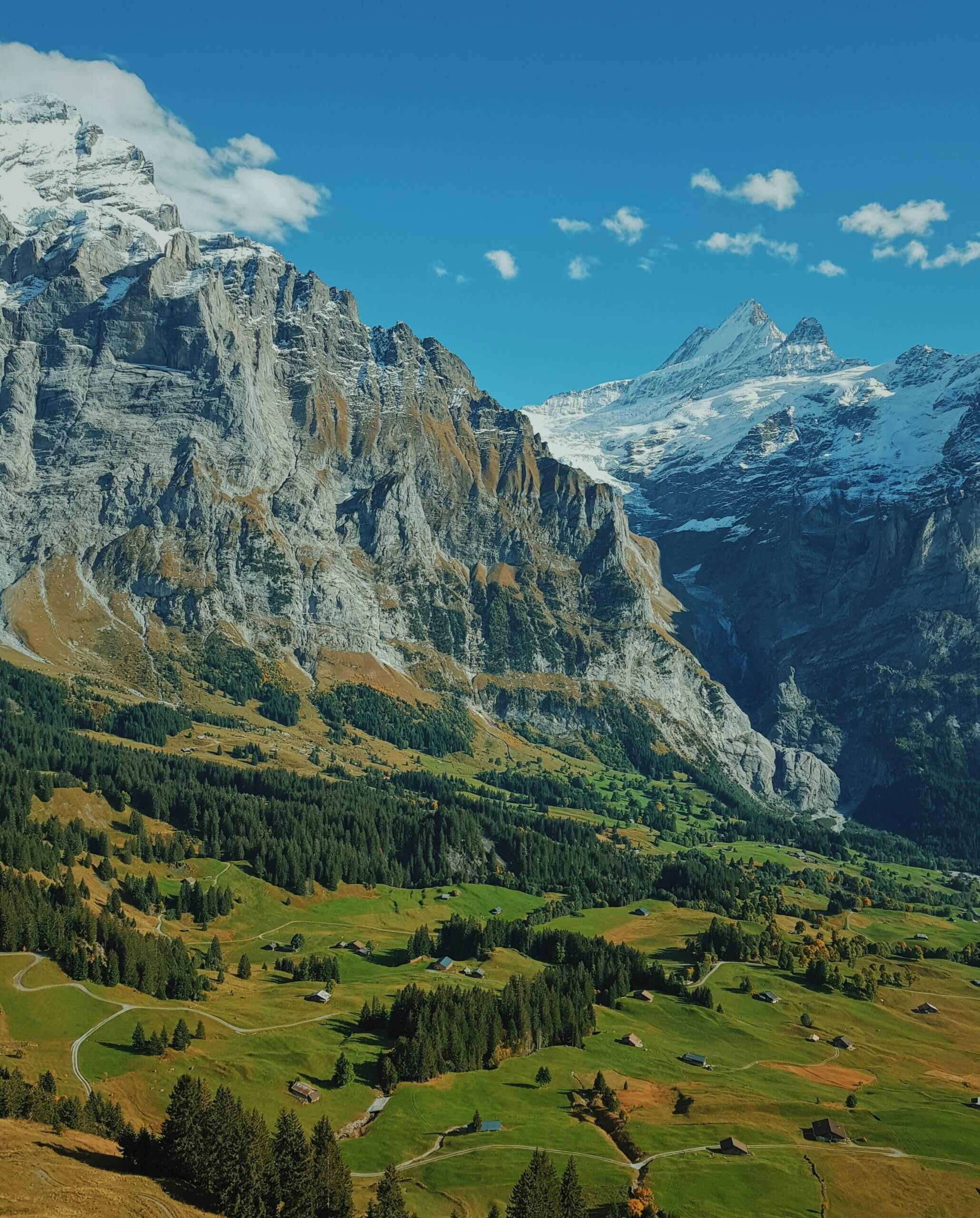
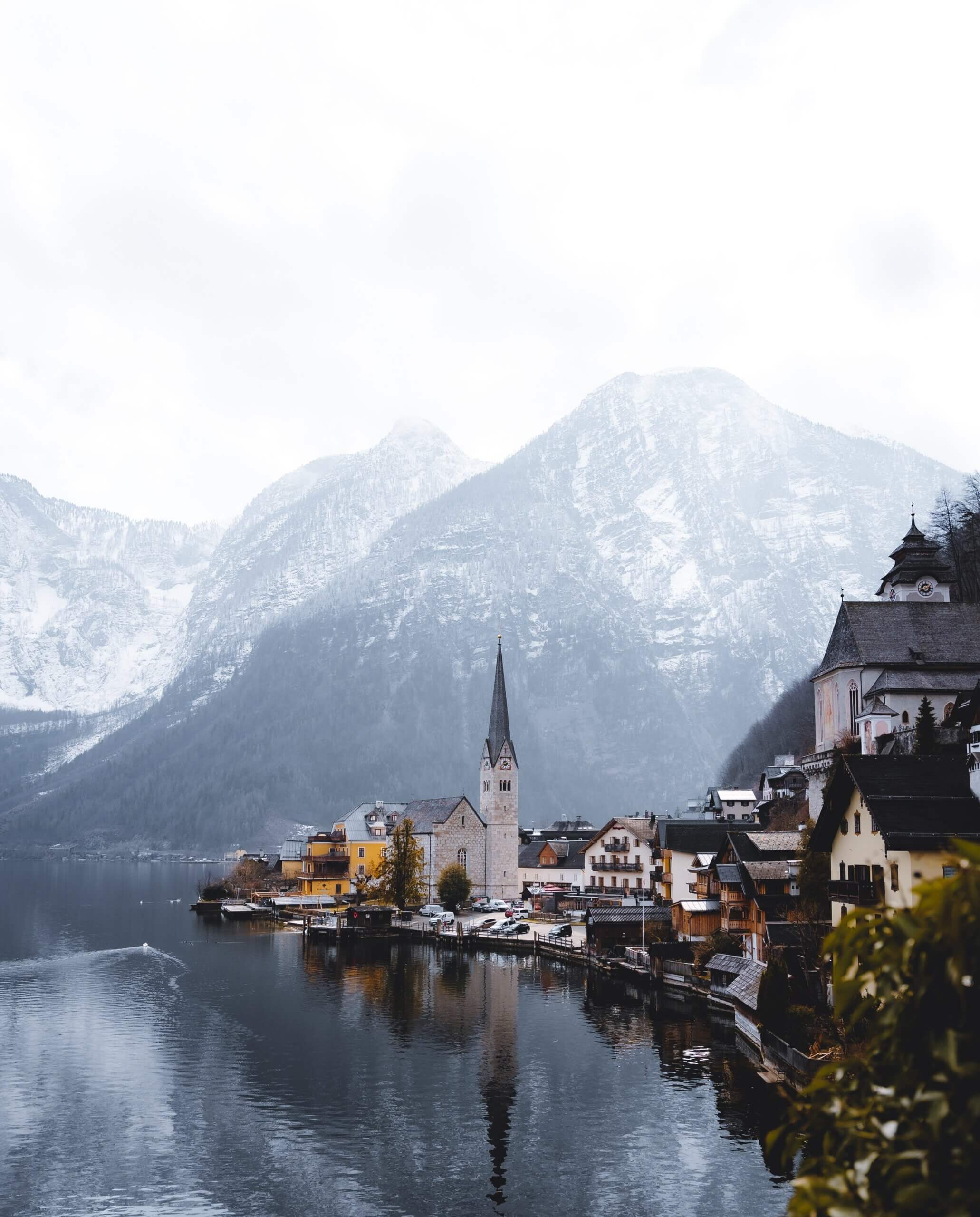
Because of their position as built high into the cliff face, Via Ferratas can prove dangerous. For this reason, you’ll need to wear a climbing harness, a helmet, and a Via Ferrata set to keep you locked in and connected to the Via Ferrata course. The Via Ferrata set includes two elastic lanyards with carabiners that attach to the steel cables, providing protection in case of a fall.Remember that while Via Ferratas provide an exhilarating experience, they do involve inherent risks associated with mountaineering and climbing. Always prioritize safety, be mindful of your own abilities and limitations, and assess the conditions and difficulties of the route before attempting a Via Ferrata.
While this equipment will keep participants safe when used properly, accidents still occur on Via Ferrata courses, mainly due to improper use of equipment or participants forgetting to clip back into the course. Via Ferratas can be undertaken without a guide, but for this reason, we highly recommend embarking on your Via Ferrata adventure under the direction of an experienced guide. Our guides will ensure your equipment is properly secured at all times and give you a run down on proper use and mechanisms before starting the course. Guides are additionally First-Aid and CPR certified and undergo extensive training before they lead one of our trips! We recommend only embarking on a self-guided Via Ferrata course if you are experienced in Via Ferrata technique and equipment.
We offer two guided Via Ferrata experiences: the Mount Evans Via Ferrata at our Idaho Springs outpost and the Granite Via Ferrata at our Buena Vista location.
The difficulty level of a Via Ferrata course can vary widely, ranging from easy routes suitable for beginners to challenging routes that require advanced climbing skills and endurance. Difficulty is often graded using a system similar to rock climbing grades, ranging from easiest to most difficult on a 5 or 6 point scale. Via Ferratas can range from routes that are a little more like walk paths, albeit in dramatic and exposed situations, to very steep and strenuous routes that including extreme sections demanding in strength and technique, making for more serious rock climbing. Beginners should start with easier routes to gain experience and confidence before attempting more challenging courses. Make sure you check out the difficulty rating of the Via Ferrata and choose one suitable for your skill level.

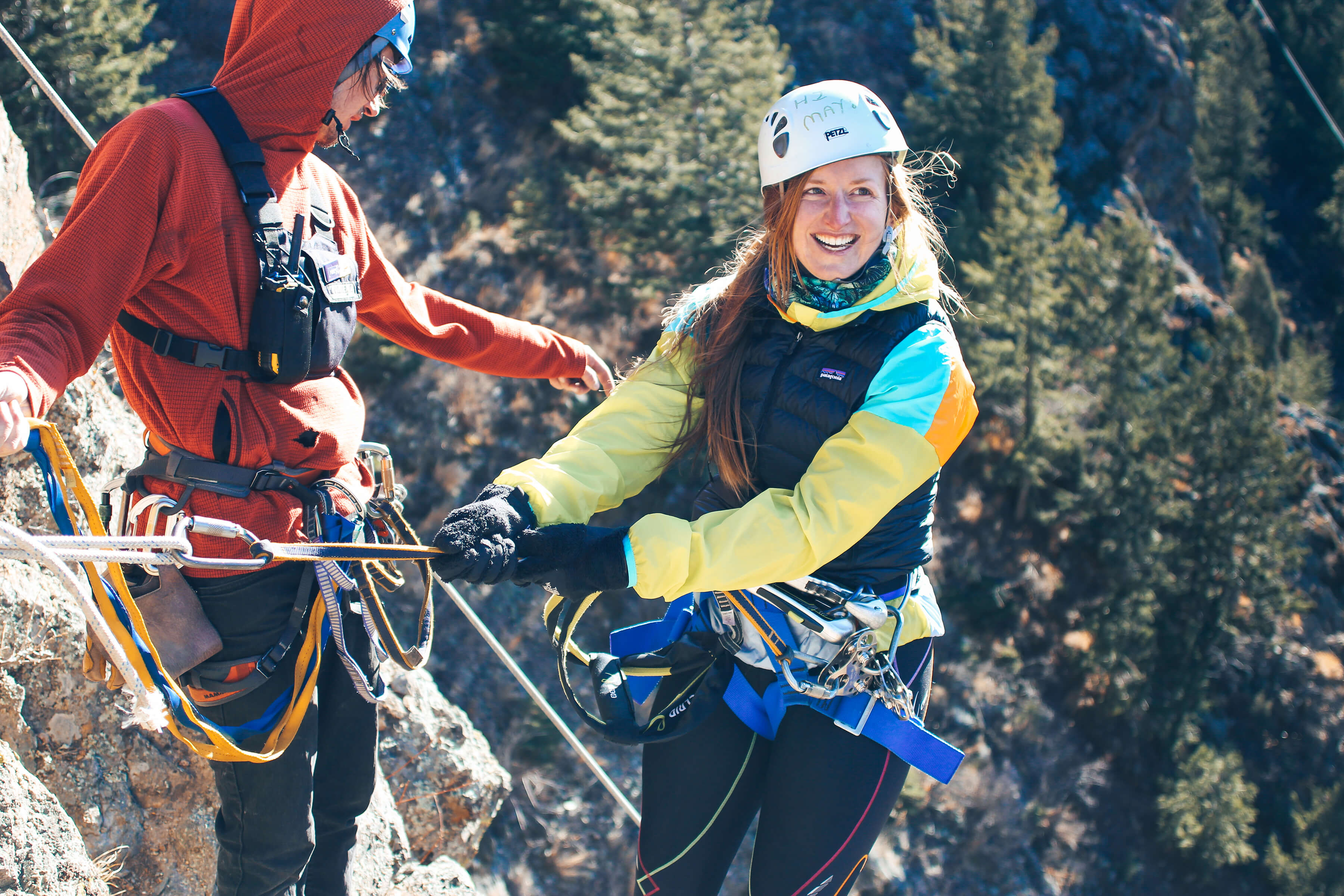
A Via Ferrata is traditionally easier than rock climbing, as it requires less skill. Despite this, Via Ferratas can still prove strenuous and require a moderate level of physical fitness and strength. You should be comfortable with heights and fit enough to hike and walk for up to 3.5 hours, as well as climb ladders or iron rungs. Some sections may require upper body strength and balance, so it’s beneficial to have a reasonable level of overall fitness. Our courses additionally have an age minimum of 12, a weight minimum of 50 pounds (Mt Evans) and 75 pounds (Granite), and a weight maximum of 250 pounds. If you are unsure about your ability to undertake a Via Ferrata adventure, our adventure specialist will help you determine which adventure is right for you!
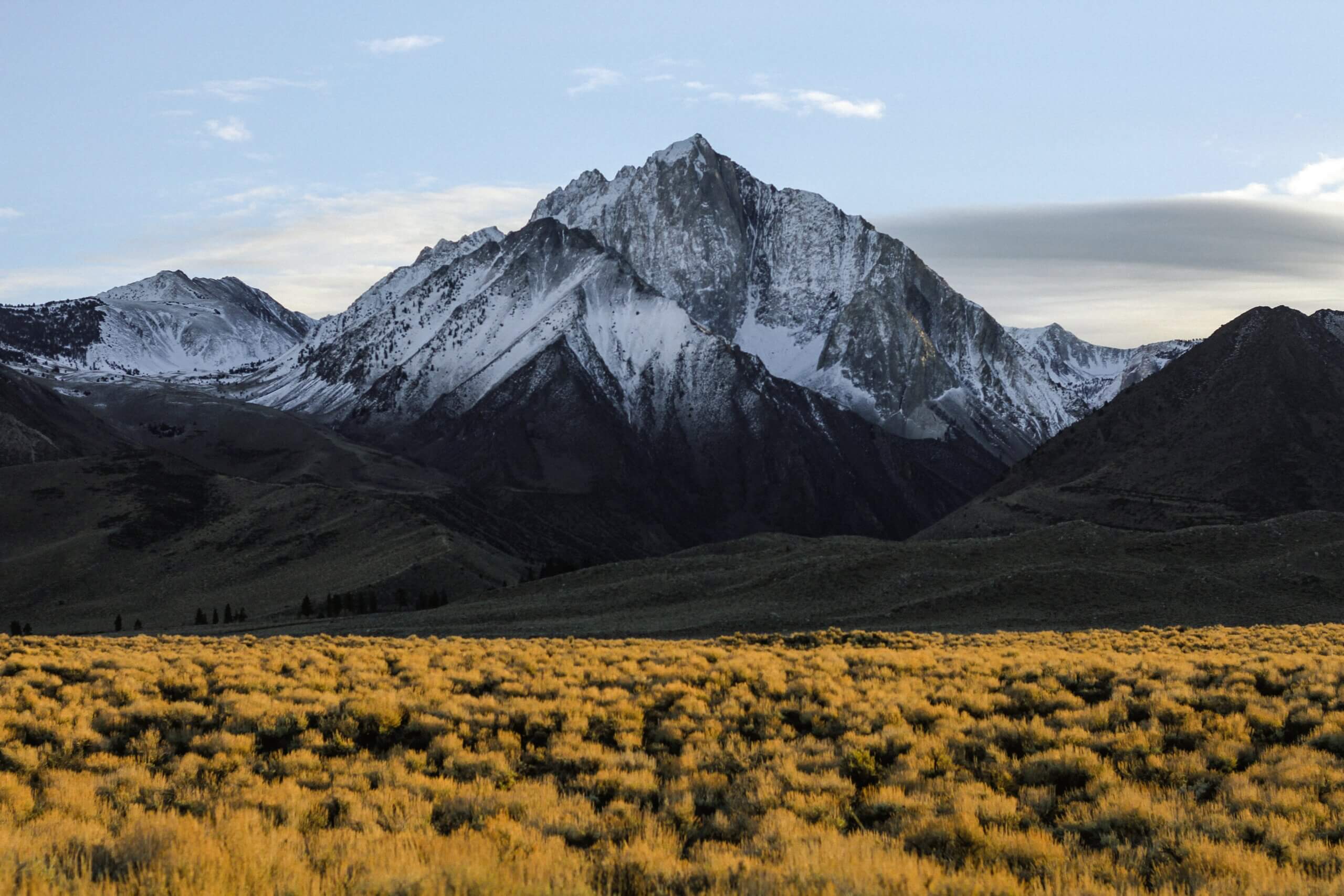
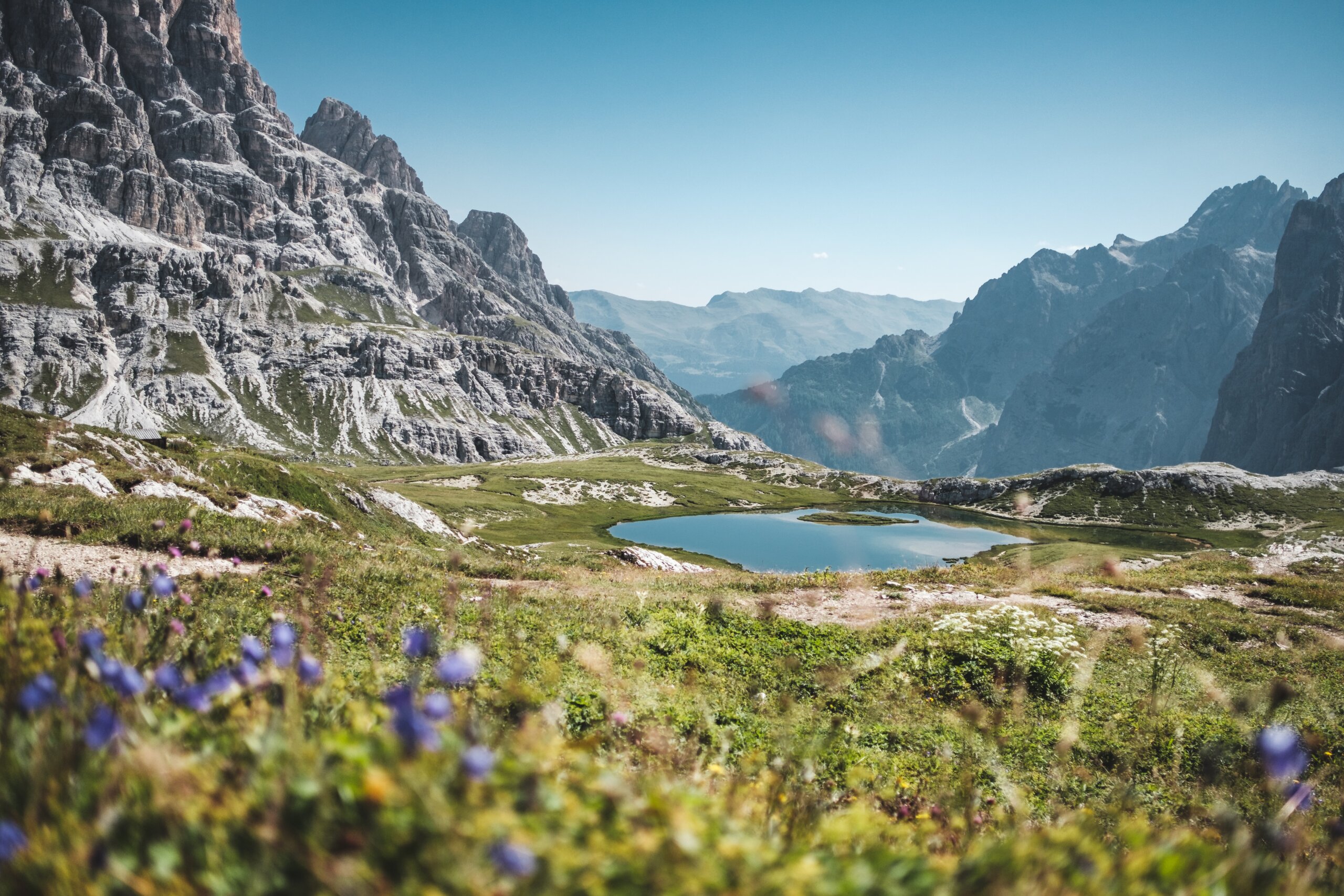
The best times to experience a Via Ferrata Course are summer, late spring, or early fall, as weather will be warmer and more favorable. Rain, strong winds, or thunderstorms can make Via Ferrata routes dangerous. Wet rock surfaces can be slippery, and high winds may affect your balance and stability. Colorado mountains can experience afternoon storms, so be sure to check the weather and always pack a raincoat and layers for your adventure. We run our trips in all but the most extreme weather conditions, but your guide will instruct you in what to do given intense weather. Read more about what to wear and how to prepare for your Via Ferrata adventure here.
We want everyone to have fun while on a Via Ferrata adventure, but please make sure to also respect the natural environment and adhere to any rules or regulations set by your guide. Avoid littering and damaging vegetation, and follow designated paths or markers to minimize your impact on the ecosystem!
We can’t wait to embark on your Via Ferrata adventure no matter which course you choose! Our Adventure Specialists are here to help you choose the perfect experience for you and your group. Read our top 5 answers to questions about the Via Ferrata or check out our FAQ page to learn more.